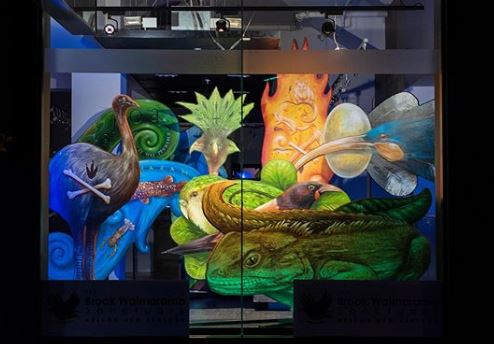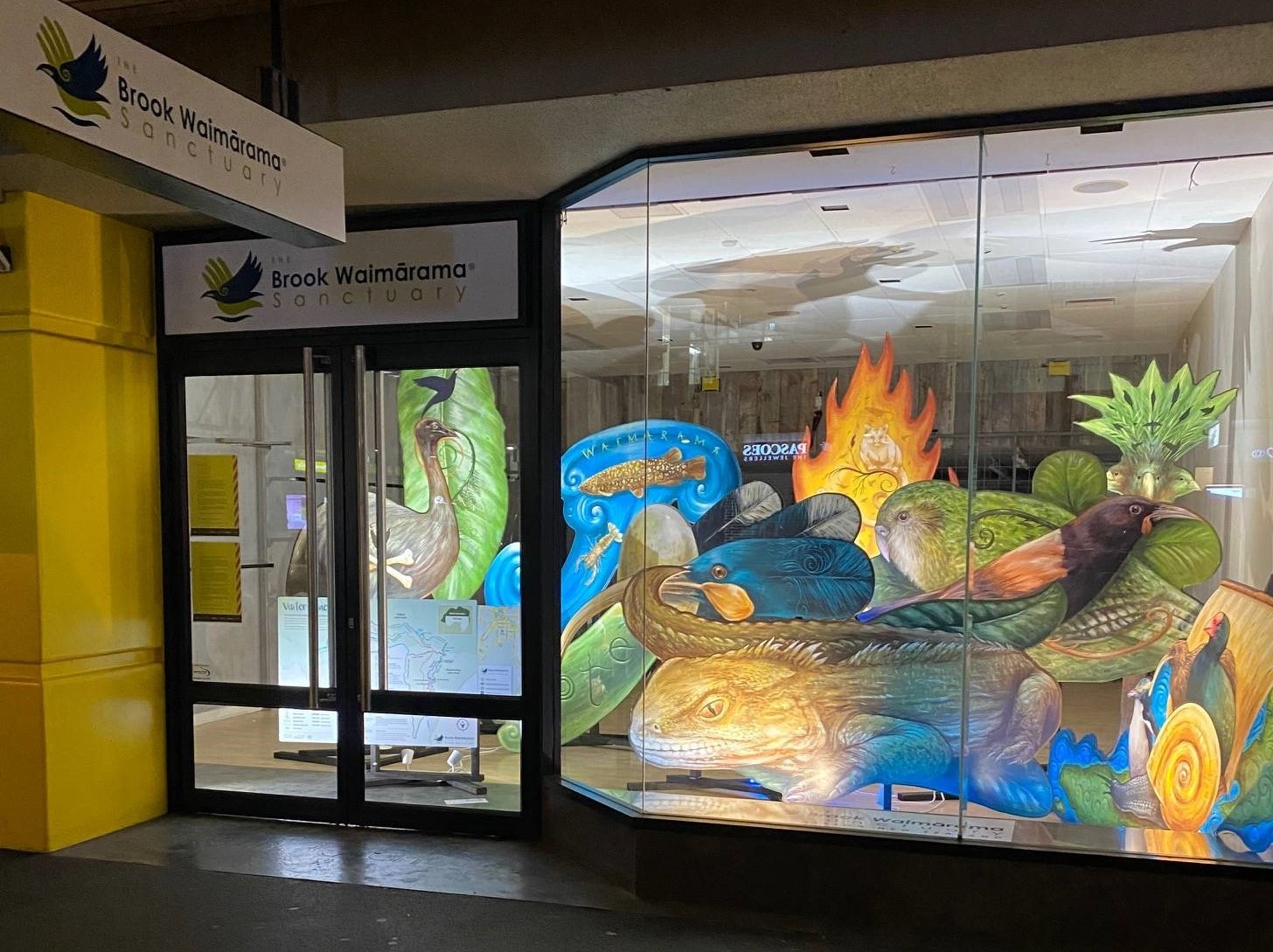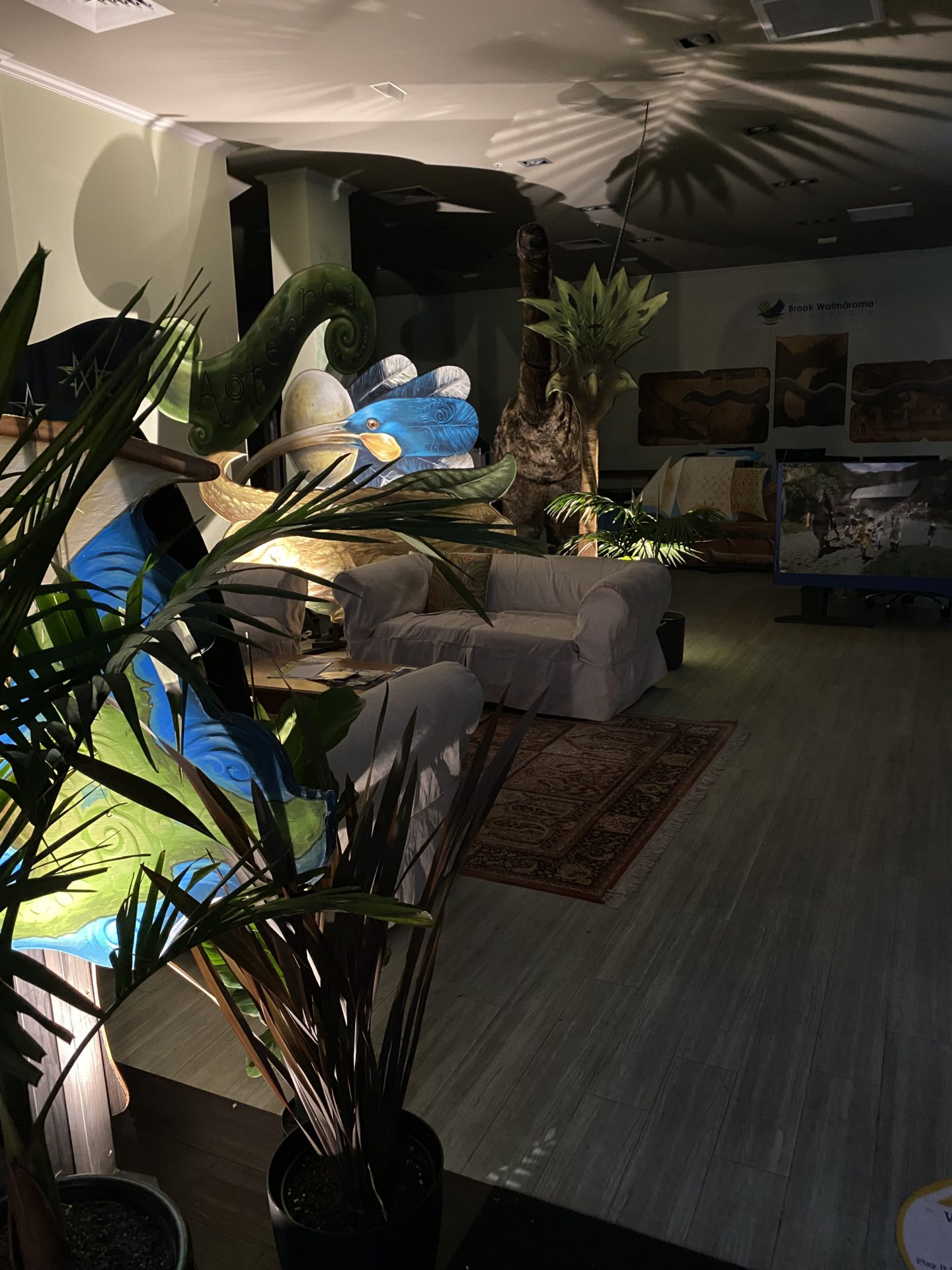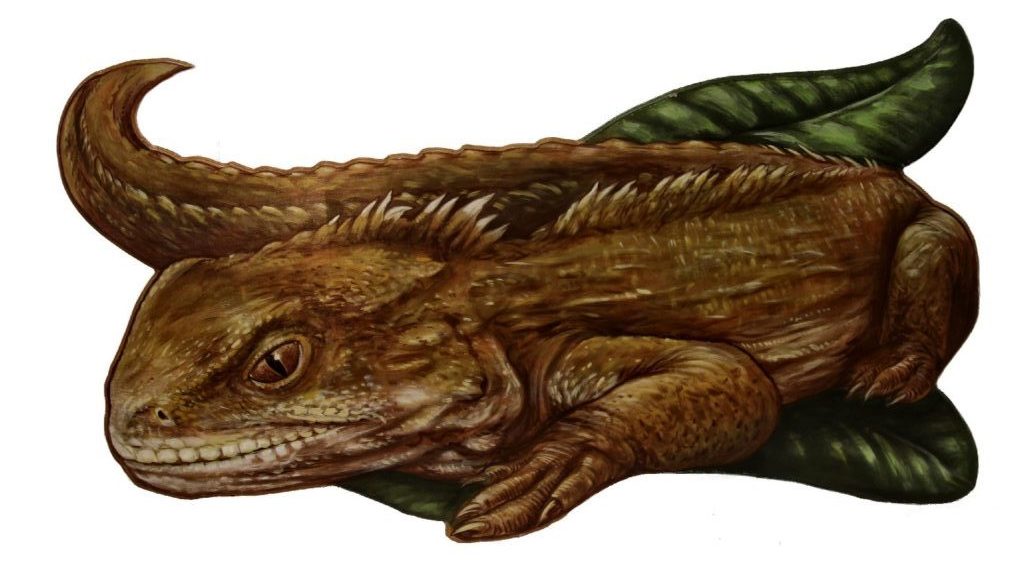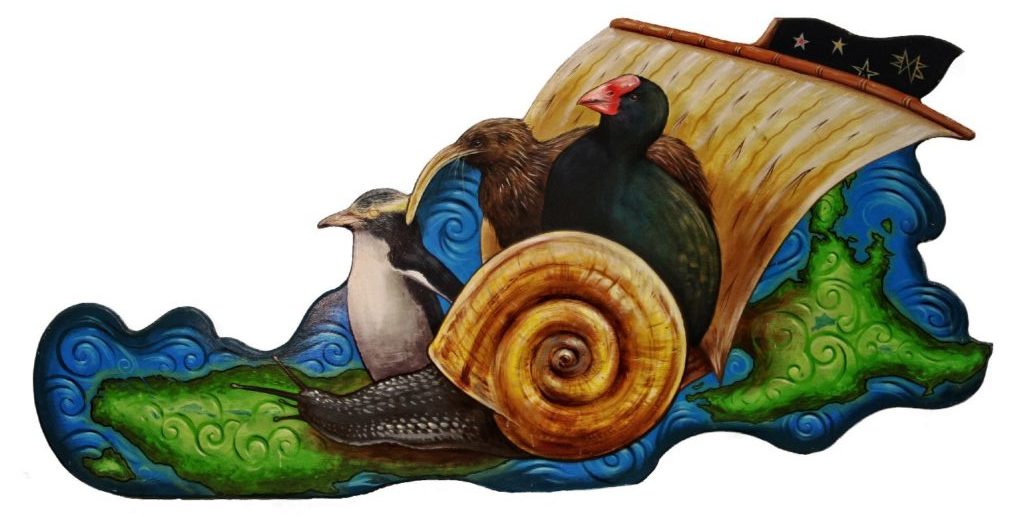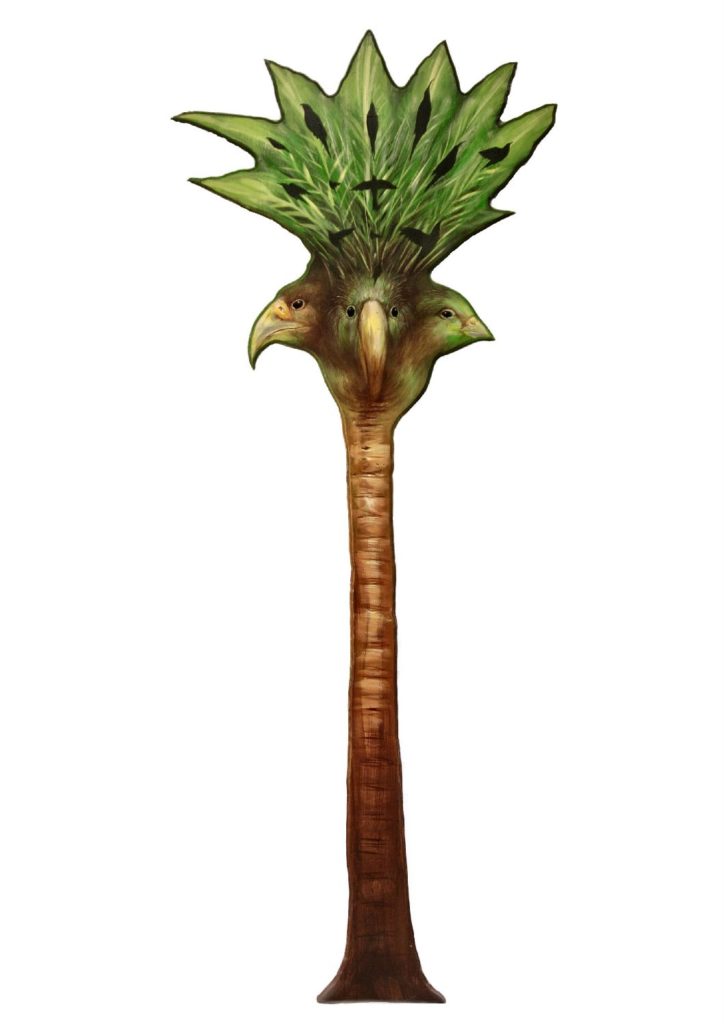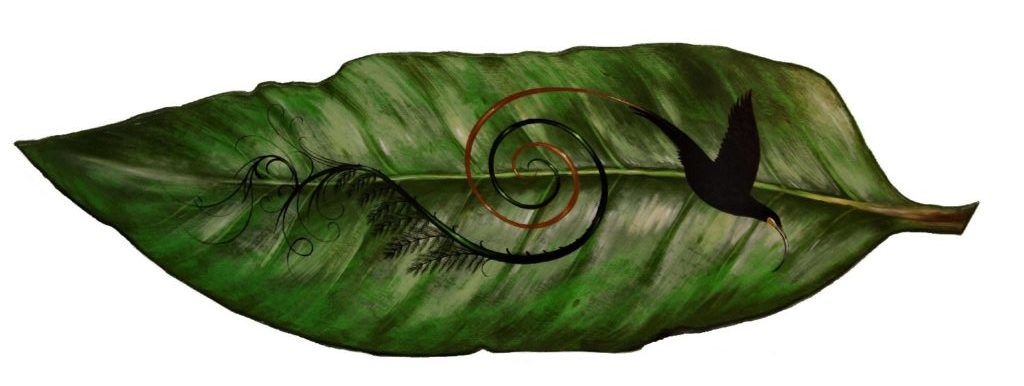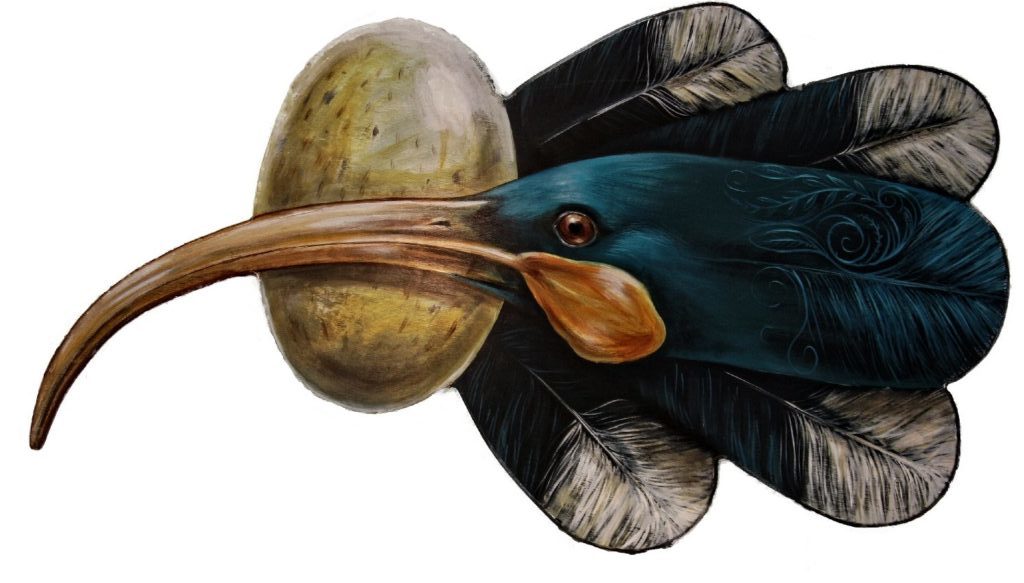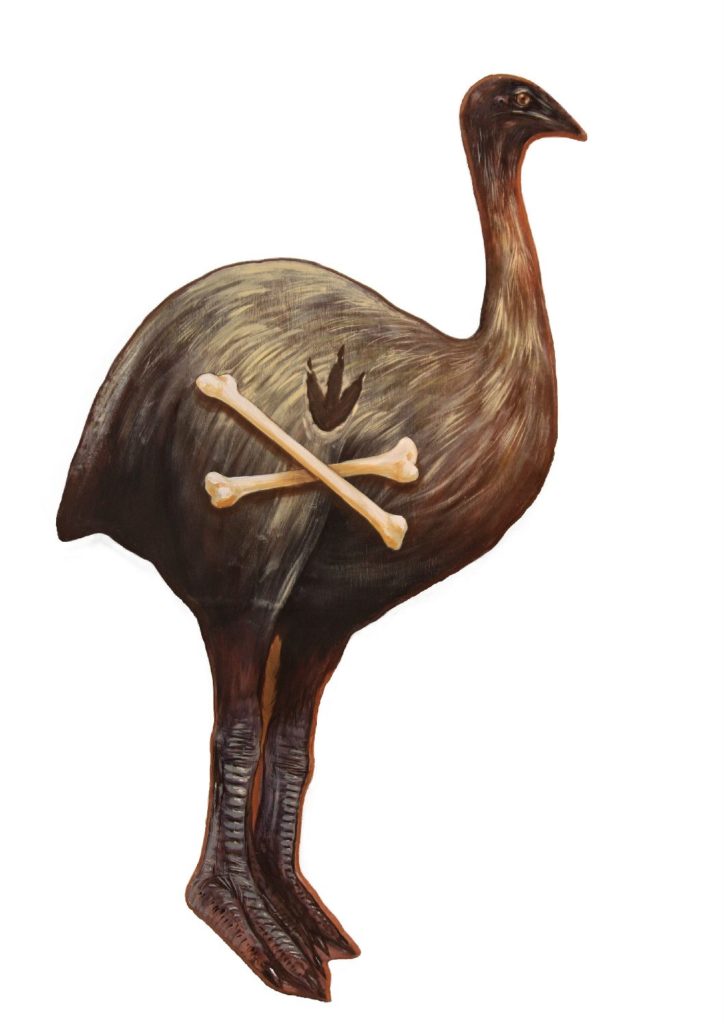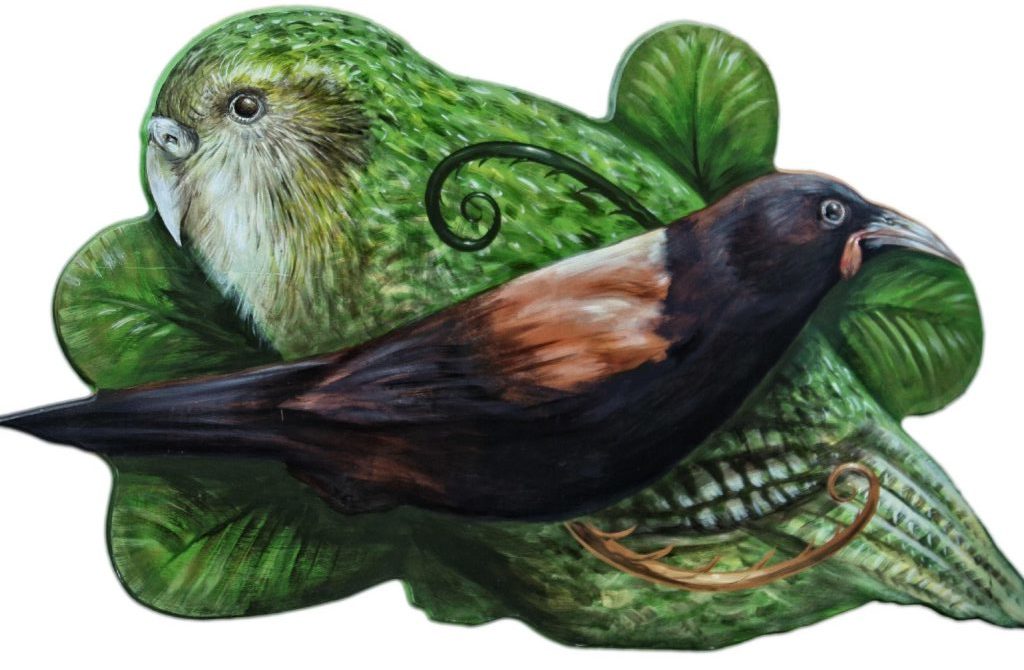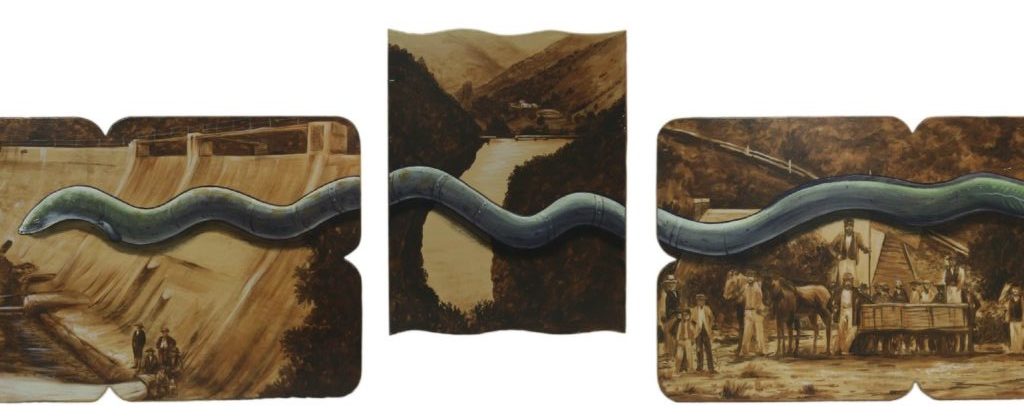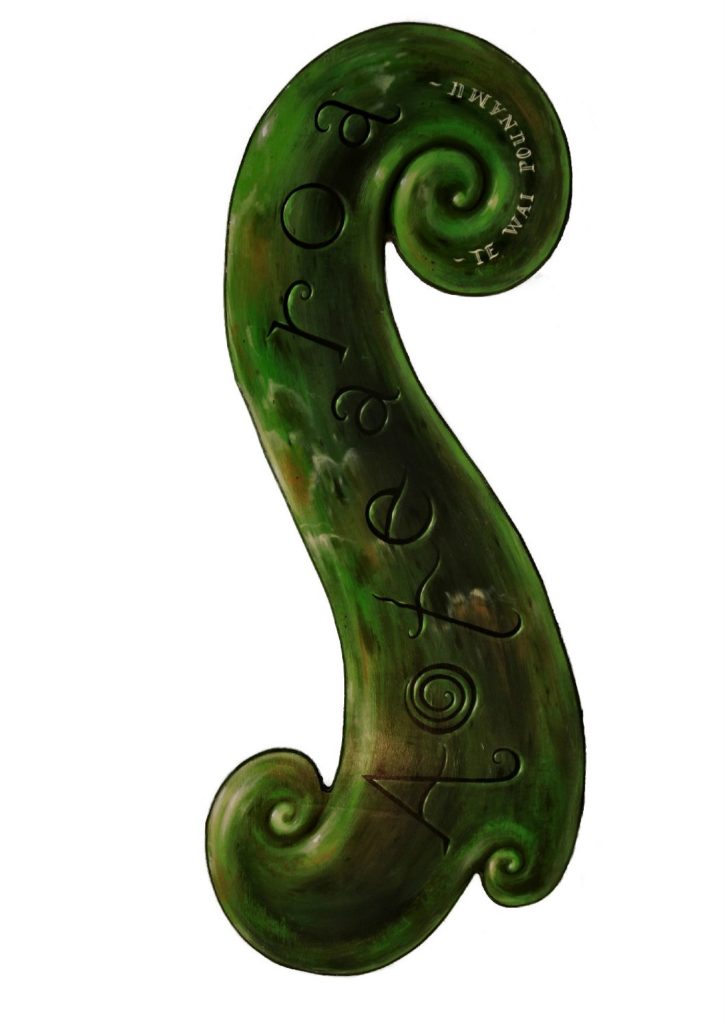About Dean Raybould
These artworks were all painted by Dean Raybould, especially for the Brook Waimārama Sanctuary’s entrance area.
We are immensely grateful to Dean Raybould for his support through the creation of this inspiring artwork (AND our logo – but that’s another story!) Currently the works are all on display at our office in Morrison Square (244 Hardy Street, Nelson – next to the Sushi Shop).
Dean’s highly illustrative work is surrealist, quirky and humorous, with a penchant for word-play in the titles of his paintings. His paintings are often created on found objects – including glass, wood, boards and canvas. These are interlaced with social and environmental commentary, black humour and ambiguous musings on human existence. The interplay of words, flora and fauna, birds and pattern, all combine to create a mystical dream-like trance of finely executed treasures.
Often collected for his lyrical artworks, Dean’s pieces evoke a New Zealand surrealist environment that has its roots firmly grounded in his inimitable “tongue in cheek” style.
The story of the Panels
The series of panels tell the story of the Brook Waimārama site. From its distant origins as part of Gondwanaland to the development of New Zealand’s unique species of birds, reptiles, and insects, all the way through the waves of human arrivals and the mammalian pests we brought with us and the development of Nelson City’s water works. Next in the timeline is the Sanctuary eco project being started (in 2004) and finally we settle on the focus of our future vision for the site: a fully restored native ecosystem with reintroduced rare birds and other wildlife.
Aotearoa/New Zealand is ‘a land apart’, having separated from Gondwanaland in the ancient past. The endemic (unique to this place) flora and fauna that evolved make this land a special place, with animals, plants, and trees found nowhere else. This primordial (from the beginning of time) landscape is represented in the first several panels of the installation.
Humans arrived much later in this land’s story, first by waka then by sailing ships. Iwi who settled in this region named this valley ‘Waimārama,’ meaning clear water, a name that speaks to the beauty and richness of the stream that flows through these bush-clad hills and valleys.
Along with humans came various species of mammals, which wreaked havoc on the native species and had no defence against the introduced mammals’ predation of bird eggs and chicks and browsing of the native bush. Early human activities such as hunting and burning to clear the land had harmful effects on the wildlife as well, with many bird species—for example the moa—becoming extinct. Later human activities had even more impact, with the development of dams in the valley for water catchment, mining for coal and other minerals on Dun Mountain, and logging throughout the region all taking a further toll on native species, leading to additional extinctions and extirpations (localised extinctions).
Recent human history is featured with the founding of the Brook Waimarama Sanctuary Trust (in 2004), represented by a large version of the Trust’s logo—a stylised representation of a bird and a human hand, also created by Dean Raybould.
The future of the site is portrayed in the final panels, in which the Trust’s vision for the Sanctuary is realised.
Upon significant reduction of the mammalian predators through the construction of a pest-resistant perimeter fence and ongoing pest management, as well as weeding and restorative planting, the native bush is being restored to its original harmony and beauty. Absent native bird species will be reintroduced over time – including tīeke (saddleback); kakariki, kiwi; kākāpō; tuatara; bats; fish and other water life. And once again the dawn chorus will ring out over the land known as Waimārarama, greeting each day with the voice of creation.
To see more amazing conservation work happening in Nelson check out the Nelson Nature project run by the Nelson City Council
